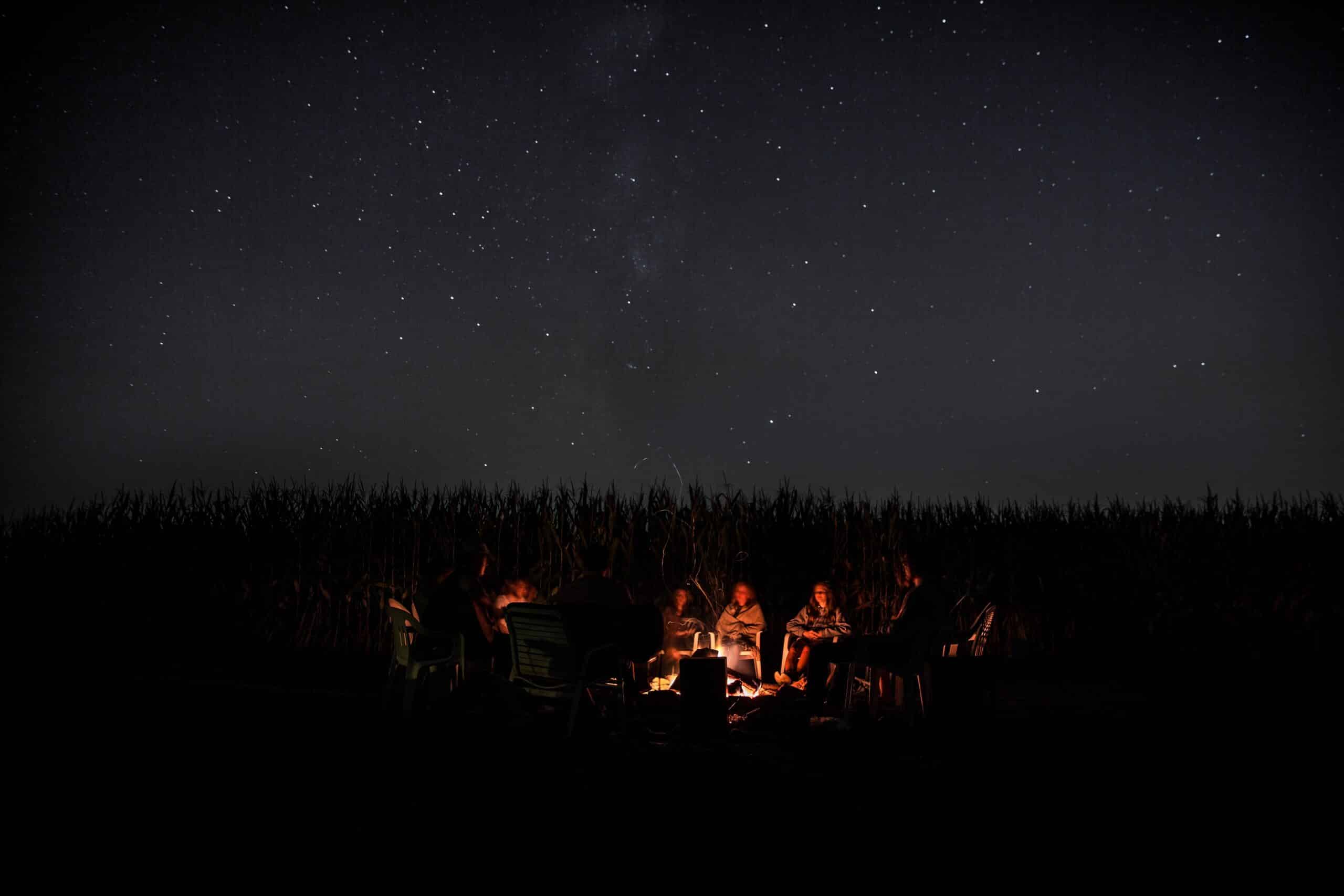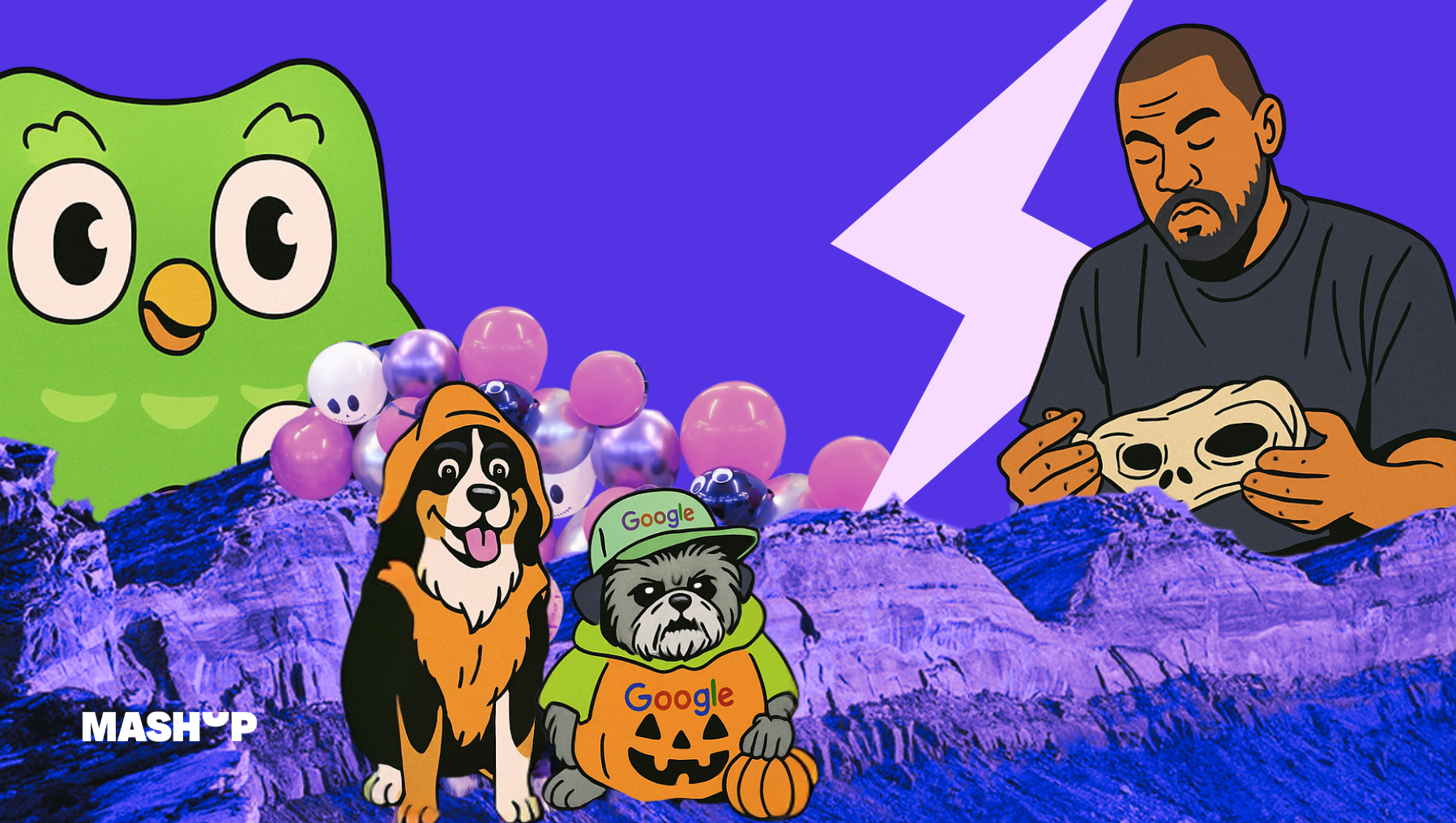Next stop: New Work! Roadmap for New Work with Storytelling
It was another stressful morning. Two whirlwinds of kids who would rather do anything than get going, breakfast, clothes, teeth brushing, shoo shoo, go! After the kindergarten run, a quick stop at my parents’ house to pick up a printed document (we’re one of those millenial households without a working printer…). I was mentally halfway back in my car when my mom said to me, “Want a coffee?” I paused for a moment, went through my work calendar in my head, and realized, “Why not?”.
And although that lovely morning of chit-chat was quite a while ago now, and it has been followed by many more spontaneous changes of plans since then, this situation has stuck in my mind.
It was the first time I consciously made use of our flexible working hours. This freedom to not structure my day around work, but to decide for myself, is perfect for me to literally reconcile my many “heads”: Head of Onboarding, Head of Family, Head of Shopping, Head of Doctor’s Appointments, etc.
And I’m not alone in that. Recent surveys prove: Almost half of those surveyed today would even quit if the flexibility they longed for were denied.
New Work is the magic word here, which has been buzzing through the smoking heads of many CEOs and HR managers at least since the pandemic. In the war for talent, it is ultimately a matter of responding to the changing needs of employees. However, there is no “one fits all” solution. What is flexible working time, confidential leave and workation for us may look completely different for other organizations. Spoiler Alert: Storytelling also offers exciting approaches to this challenge! Here are a few tips for your New Work roadmap:

Station 1: Listening at the Corporate Campfire
New What? Although the final decision on measures as well as implementation usually happens on the C-level, the needs for change come from the team. Workation is probably less in demand in a group of school parents than among young independents. Remote work may not be as exciting if everyone lives within walking distance of the office anyway. For decision-makers, it’s not a matter of defining well-intentioned New Work measures on their own and then forcing them on the workforce like a corset, but rather of keeping their feet still and pricking up their ears instead.
A wonderful way to find out what employees actually want is the so-called corporate campfire. Team members gather around an imaginary campfire and share anecdotes and stories from their working lives. What drives them (or gets them out of bed in the morning)? What do they particularly appreciate about their employer? What would be their wildest work dream? And what challenges have they recently had to face? Like a spark, each story lights a small fire in the other participants and inspires them to share their insights as well. This not only brings exciting insights to light, but also strengthens team spirit and bonds.

But hush, a little tip: Supervisors are usually rather disruptive in this intimate setting. So it’s better to delegate the leadership of the storylistening to neutral colleagues or service providers. If managers want to listen themselves, anonymous surveys can be a first step.
By the way, this is also how we started our New Work journey at the end of 2020!
Station 2: Discussion and change management
Once the individual needs of the team have been identified, it’s time to get down to the nitty-gritty. Because there are still a few stops on the way from the old working environment to benefits, that companies should not skip. Now it’s a matter of clarifying the how.
What does flexibility mean for the team in concrete terms? Is it about working independently of location? Always, or do people still meet in the office? Do the working hours have to be completely free or does the workforce perhaps just want a flexible start to work? What framework should there perhaps be anyway? How do we ensure that the advantages of one do not become disadvantages for the others? Ideally, these discussions also take place in the team so that the decisions are supported by everyone and really get to the heart of the needs.

And even if at the end of the process there are of course many wonderful innovations, the changes to structures that have often been in place for a long time are usually associated with fears and worries, especially among employees who have been with the company for a while. Good change management, in which everyone feels heard and understood, is therefore a must.
Here, too, storytelling can help to show motivations, to underline the values of the company as a secure foundation through shared stories (remember the corporate campfires ) and thus to make the transition to the new working world as smooth as possible. By the way, personal stories and anecdotes also help managers to be more approachable and likeable and thus support them in convincing all employees of the planned New Work projects.
Station 3: Employer branding, turning New Work means outwards
We are approaching the temporary end of our New Work journey. The new structures have been found, the right benefits for the team have been selected, and all that remains is to spread the good news to the world. Because let’s face it, in the war for talent, companies need all the weapons they can get. An authentic, engaging work environment that is above all designed by the team can be an unbeatable advantage that organizations should make visible to potential talents.
With the help of good storytelling, the career site becomes a flagship and the employees the best proof of why the application is worthwhile. After all, the most attractive benefits are only half as convincing if they are presented in a cold and impersonal manner. A few bullet points with benefits no longer entice anyone these days. Instead, all public channels of a company must convey the corporate feeling, the unique brand voice, which sets it apart from the competition.

So why not let employees tell us what the New Work measures mean to them and what they use the flexibility for? What advantages does it bring to their everyday lives and what values shape the way they work together? After all, potential colleagues can identify much more strongly with a coffee chat at Mom’s thanks to flexible working hours, than with mere generic lists
So breathe life into your efforts and show how you can individually shape your new everyday working life together.
Share this article








